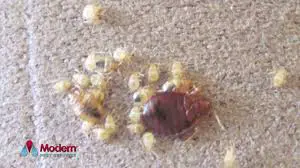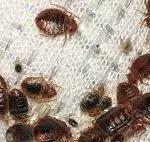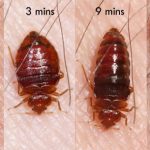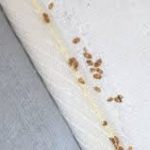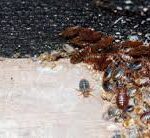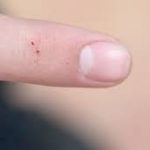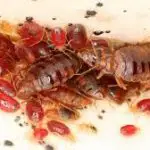Why Do Bed Bugs Bite?
There is a common misconception about bedbugs. Most people believe that bedbugs only bite people, but that’s simply not true. Bedbugs only bite exposed skin, which includes the face, neck, hands, feet, and midriff. This is because their saliva contains an anticoagulant that keeps blood from clotting. These bugs feed by injecting saliva into the blood stream, then sucking the blood out of its victim.
Bedbug bites typically cause a rash and itching. The histamine that is released by the bug’s saliva can cause a localized histamine reaction. This reaction varies from person to person; some people can experience severe reactions, while others have a mild reaction or no reaction at all. In some cases, bedbug bites can lead to infection if they are scratched, but these infections usually go away on their own.
Because bedbugs feed by inserting their mouthparts into a blood vessel, a bite can be multiple times. This is because the bedbugs are sensitive to movement, so they may need to insert their mouthpart several times before finding a blood vessel. Once the bedbugs have found a blood vessel, they may feed from that location, leaving behind red, itchy bites. Because of this, the amount of bites is not proportional to the number of bedbugs that are feeding on a host.
Bedbugs are small brownish insects that live on the blood of humans and other animals. Adults have flat, oval bodies that swell and turn red. They are not able to fly but are good climbers. They can produce hundreds of eggs in their lifetime. A female bedbug will shed about five times before it reaches adulthood. During each molt, the bugs will need a meal to feed on.
